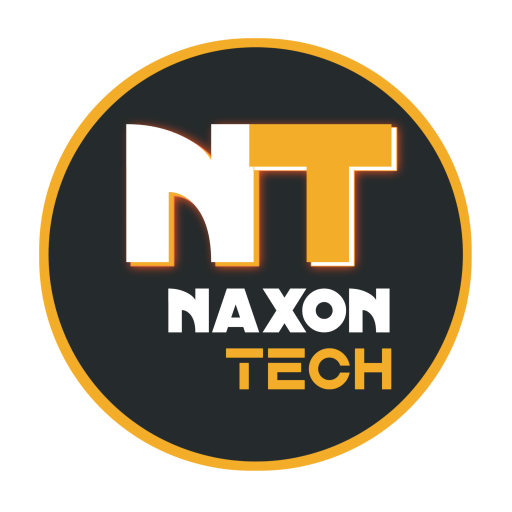MediaTek Dimensity 9000 vs Snapdragon 8 Gen 1, Both are the top lineup chipset from their respective companies. The chipsets offer immersive performance and the ultimate gaming experience. Now take a look at the comparison between the MediaTek Dimensity 9000 and Qualcomm Snapdragon 8 Gen 1.

Key Differences
- Both the chipsets are based on the same 1x Cortex X2 + 3x Cortex A710 + 4x Cortex A510 architecture while there are some differences in core frequencies. The Cortex X2 clocks on 3 GHz in Snapdragon Gen 1 whereas it runs on 3.05 GHz in MTK Dimensity 9000, the Cortex A710 clocks on 2.5 GHz in Snapdragon 8 Gen 1 compared to 2.85 GHz in Dimensity 9000, and lastly, the Cortex A510 clocks on 1.8 GHz in both the chipsets.
- MediaTek Dimensity 9000 can support up to FHD+ at 180Hz refresh rate / WQHD+ at 144Hz refresh rate while the Qualcomm Snapdragon Gen 1 supports 4K at 60 Hz refresh rate, QHD+ at 144 Hz refresh rate.
- In terms of optics, MediaTek Dimensity 9000 is equipped with better camera support or camera ISP compared to SD 8 Gen 1.
- SD 8 Gen 1 features Snapdragon X65 5G Modem-RF System that supports peak download speed up to 10 Gbps. On the other hand, MTK Dimensity 9000 has a 5G Smartphone Modem with a maximum downloading speed of 7Gbps.
MediaTek Dimensity 9000 vs Snapdragon 8 Gen 1
| Processor |  Snapdragon 8 Gen 1 |  MediaTek Dimensity 9000 |
| CPU | 1x Cortex-X2 core @3.0 GHz 3x Cortex-A710 cores @2.5 GHz 4x Cortex-A510 cores @1.8 GHz | 1x Cortex-X2 core @3.05 GHz 3x Cortex-A710 cores @2.85 GHz 4x Cortex-A510 cores @1.8 GHz |
| GPU | Adreno 730 | Arm Mali-G710 MC10 |
| Connectivity | Snapdragon X65 5G Modem up to 10 Gbps Downlink speed up to 3.6 Gbps Uplink Speed | Integrated 5G Modem 7 Gbps Downlink speed up to 2.5 Gbps uplink speed |
| Fabrication Process | 4nm | 4nm |
| Memory Controller | LPDDR5@3200Mhz up to 16GB | LPDDR5x |
| Storage | UFS 3.1 ( max ) | UFS 3.1 ( max ) |
| Display | FHD+ @180Hz WQHD+ @144Hz | 4K @60 Hz QHD+ @144Hz |
| Wi-Fi | Wi-Fi 6 (802.11a/b/g/n/ac/ax), Wi-Fi 6E | Wi-Fi 6E (a/b/g/n/ac/ax) |
| Bluetooth | Bluetooth 5.3 | Bluetooth 5.3 |
| Camera | 3 x 36MP ( with ZSL ) 64MP + 36MP ( with ZSL ) 1 x 108MP ( with ZSL ) up to 200MP single camera | up to 320mp single camera 3x 32MP |
| Video | 8K at 30FPS, 4K at 120FPS | 8K at 24FPS, 4K at 120FPS |
| NFC | supported | supported |
| Location | GPS, Glonass, BeiDou, Galileo, QZSS, NavIC capable | GPS L1CA+L5 / BeiDou B1I+ B2a + B1C / Glonass L1OF / Galileo E1 + E5a / QZSS L1CA+ L5 / NavIC |
MediaTek Dimensity 9000 vs Snapdragon 8 Gen 1 – Benchmarks
Geekbench Single-Core Benchmark
- SD 8 Gen 1 – nearly 1219
- Dimensity 9000 – around 1283
Geekbench Multi-Core Benchmark
- Qualcomm Snapdragon 8 Gen 1 – 3826 approximately
- MediaTek Dimensity 9000 – around 630 – 4313 nearby
ANTUTU9 Benchmark Scores
- Snapdragon 8 Gen 1 – around 10,45,297
- MTK Dimensity 9000 – nearly 10,23,284
MediaTek Dimensity 9000 managed to score 1023284 points on Antutu 9 while the Qualcomm Snapdragon 8 Gen 1 scored 1045297 points. Coming to the Geekbench scores, the MTK flagship chipset is able to grab 1283 points on the single-core and 4313 on the multi-core test. On the other hand, SD 8 Gen 1 grabs 1219 points on the single-core test and 3826 points on the multi-core test. Remember that these benchmark results may differ from company to company and device to device, so these are only a rough estimate of actual performance.
MediaTek Dimensity 9000 vs Snapdragon 8 Gen 1 – Conclusion
MediaTek has done a great job with its new Dimensity 9000 chipset. On paper, It almost beats the Qualcomm Snapdragon 8 Gen 1. However, In terms of optimization, Snapdragon 8 Gen 1 clearly surpasses the MediaTek Dimensity 9000 SoC. Both chipsets are able to provide excellent performance but if we take look at the more optimized and compatible chipset then SD 8 Gen 1 clearly wins the battle.
A couple of flagships launched with MediaTek Dimensity 9000 are able to run heavy games like Battlegrounds India at a maximum of 60 fps while Snapdragon 8 Gen 1-powered flagships run such games at 90 fps. It does not MTK Dimensity 9000 is not capable to run games at maximum fps but still, it needs some improvements in optimization.


